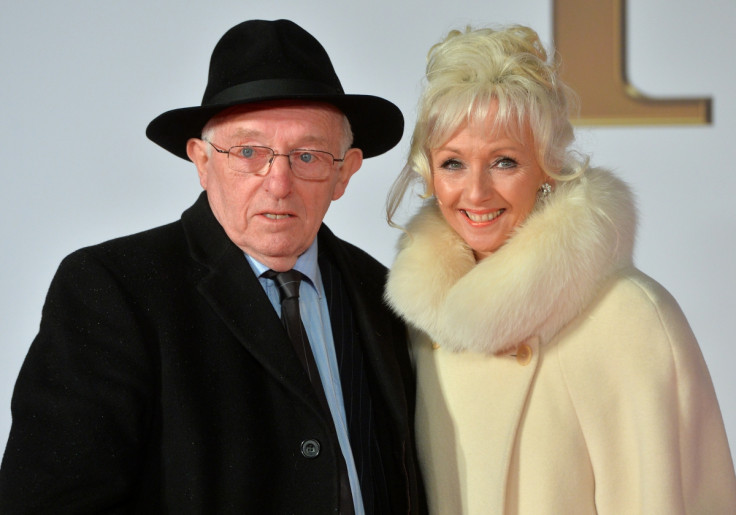TV magician Paul Daniels diagnosed with 'incurable brain tumour'

Renowned TV magician and entertainer Paul Daniels has been diagnosed with an incurable brain tumour. The 77-year-old is best known for his series The Paul Daniels Magic Show, which aired on the BBC between 1979-1994 .
"We can confirm that one of our greatest magicians and entertainers of all times, Paul Daniels, has sadly been diagnosed with an incurable brain tumour," his publicist said in a statement from his family. "On behalf of Paul, Debbie and their families, we thank you for your kind concerns and support at this sad time and ask that their privacy continues to be respected. There will be no further comments at this time."
The well-known personality is married to Debbie McGee, who starred as his assistant on his show for the duration of the run. The couple were married in Buckinghamshire in 1988. Before becoming Daniels' assistant, McGee was a ballerina and the artistic director of her own ballet company.
Daniels' magical repertoire is famous the world over, with the entertainer having performed for the royal family, including Princes William and Harry, as well as the Sultan of Brunei, the Sultan of Oman and Prince Rainier of Monaco. The accomplished magician also wowed singer Barry White and former British prime minister John Major.
'Big-hearted Daniels'
In 2010, Daniels was rushed to hospital over fears that he had suffered from a cardiac arrest. After undergoing several tests, doctors determined that he had a "slightly enlarged" heart. Describing the health scare in a blog post, the highly accomplished artist quipped: "Big Hearted Daniels that's me."
Four years after the heart issue was detected, Daniels was diagnosed with stenosing tenosynovitis – known as 'trigger finger'. The condition causes fingers to lock when they are either bent or straightened and can make performing everyday tasks difficult. "When you flex your fingers and try to open them again, the tendon snags in the narrowest part of the tunnel and sticks, leaving your finger in a bent position. As the lump repeatedly rubs against the narrowest part of the tunnel, the tendon becomes inflamed and soon begins to hurt," said Daniels.
"When you flex your fingers and try to open them again, the tendon snags in the narrowest part of the tunnel and sticks, leaving your finger in a bent position. As the lump repeatedly rubs against the narrowest part of the tunnel, the tendon becomes inflamed and soon begins to hurt," said Daniels.
© Copyright IBTimes 2024. All rights reserved.






